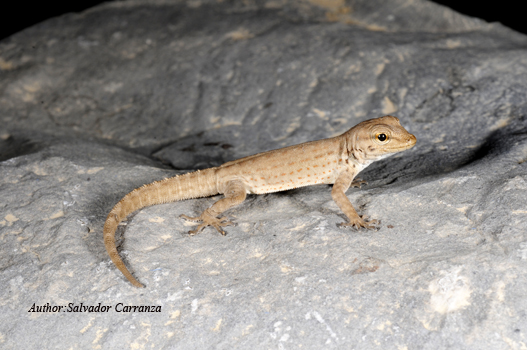Understanding the processes that shape parasite diversification, their distribution and abundance provides valuable information on the dynamics and evolution of disease. In this study the diversity, distribution, host-specificity and infection patterns of apicomplexan parasites in amphibians and reptiles from Oman, Arabia, is assessed. Using a quantitative PCR approach three apicomplexan parasites (haemogregarines, lankesterellids and sarcocystids) were detected. A total of 13 haemogregarine haplotypes were identified, which fell into four main clades in a phylogenetic framework. Phylogenetic analysis of six new lankesterellid haplotypes revealed that these parasites were distinct from, but phylogenetically related to, known Lankesterella species and might represent new taxa. The percentage of infected hosts (prevalence) and the number of haemogregarines in the blood (parasitaemia) varied significantly between gecko species. Significant differences in parasitaemia between haemogregarine parasite lineages were also found, suggesting differences in host–parasite compatibility between these lineages. For Pristurus rupestris, significant differences in haemogregarine prevalence between geographical areas were detected. Results suggest that host ecology and host relatedness may influence haemogregarine distributions and, more generally, highlight the importance of screening wild hosts from remote regions to provide new insights into parasite diversity. informacion[at]ebd.csic.es: Maia et al (2016) Assessing the diversity, host-specificity and infection patterns of apicomplexan parasites in reptiles from Oman, Arabia. Parasitology 1–18 doi: 10.1017/S0031182016001372
https://www.cambridge.org/core/journals/parasitology/article/assessing-the-diversity-host-specificity-and-infection-patterns-of-apicomplexan-parasites-in-reptiles-from-oman-arabia/406D9135F1F127317AC847B018604C43

 Las altas temperaturas están provocando que las lagunas y las marismas de Doñana pierdan agua rápidamente
Las altas temperaturas están provocando que las lagunas y las marismas de Doñana pierdan agua rápidamente




